I call it an immortal apple. You know why because this apple survived for almost 6 months thats too at room temperature. Don’t get shocked but its true. And its not made of plastic ! This issue is way more serious than it appears to be. is it filled with CHEMICALS?? was the first thought that ran through my mind. When I saw it after a month, looking as fresh as new. I got this apple to use in one of my flat lay shoot I never thought it can be as good looking for months. Honestly in my family no ones like green apples taste. So it was sure its gonna be there until it dies on its own. After the shoot I noticed even after 2 weeks it was as fresh as on day one. Same with after one month. That was quite strange for me that a fruit can survive for almost one month having no wrinkle and patches that too at room temperature.
Out of curiosity I thought of keeping it for a longer time just to check how long it can survive. And guess what? Even after 3 months it looked like this.
Now that made me digging more into it.
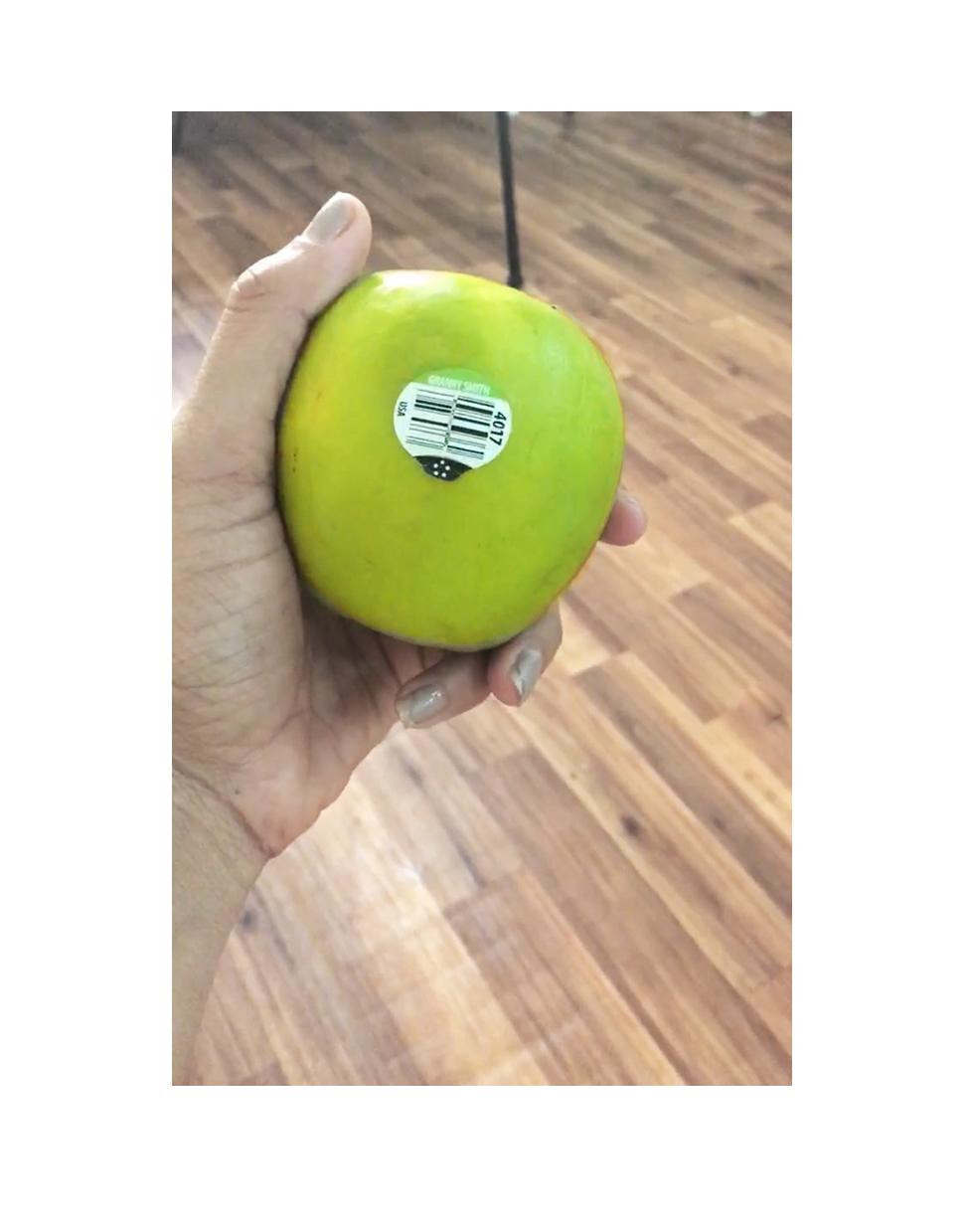
Then I googled to know more about it. And I found the information on Waxed coating fruits.
Fruit wax smooths the divide between the fantasy and the reality of food. People want to eat an apple that delivers the crisp, delicious flavor of a fruit plucked straight from the tree. But they also want the convenience of getting that fruit from a neighborhood grocery store, and at any time of year, an affordable price, and even when it’s out of season—which means it’ll need to last longer in storage than an orchard-fresh fruit might. Shoppers want that cheap produce clear of dirt, insect leavings, and chemical residue, even though that cleaning process rids the fruit of its natural protection. As if that weren’t enough, buyers also want their fruit to sparkle.
Fruit wax is one way produce suppliers try to satisfy all these contradictory impulses. They try to give consumers a fruit that’s better, or at least better-looking, than it ever was on the branch. Beyond fruit, foods including nuts, candies, meat, fish, cheese, and cereals receive a similar treatment: They’re coated to make them last longer and look better.
It’s artificial, but hardly sinister. Yet as Eve testifies, a little knowledge about fruit can be a dangerous thing.
Even Eve knew that a fruit “good for food and pleasing to the eye” is impossible to resist. And as each new health blog post pops up to drum the dangers of fruit coating, debunking that food-grade waxes are proven safe to eat. The artificial waxes are indigestible, so they pass through the human body without breaking down or being absorbed.
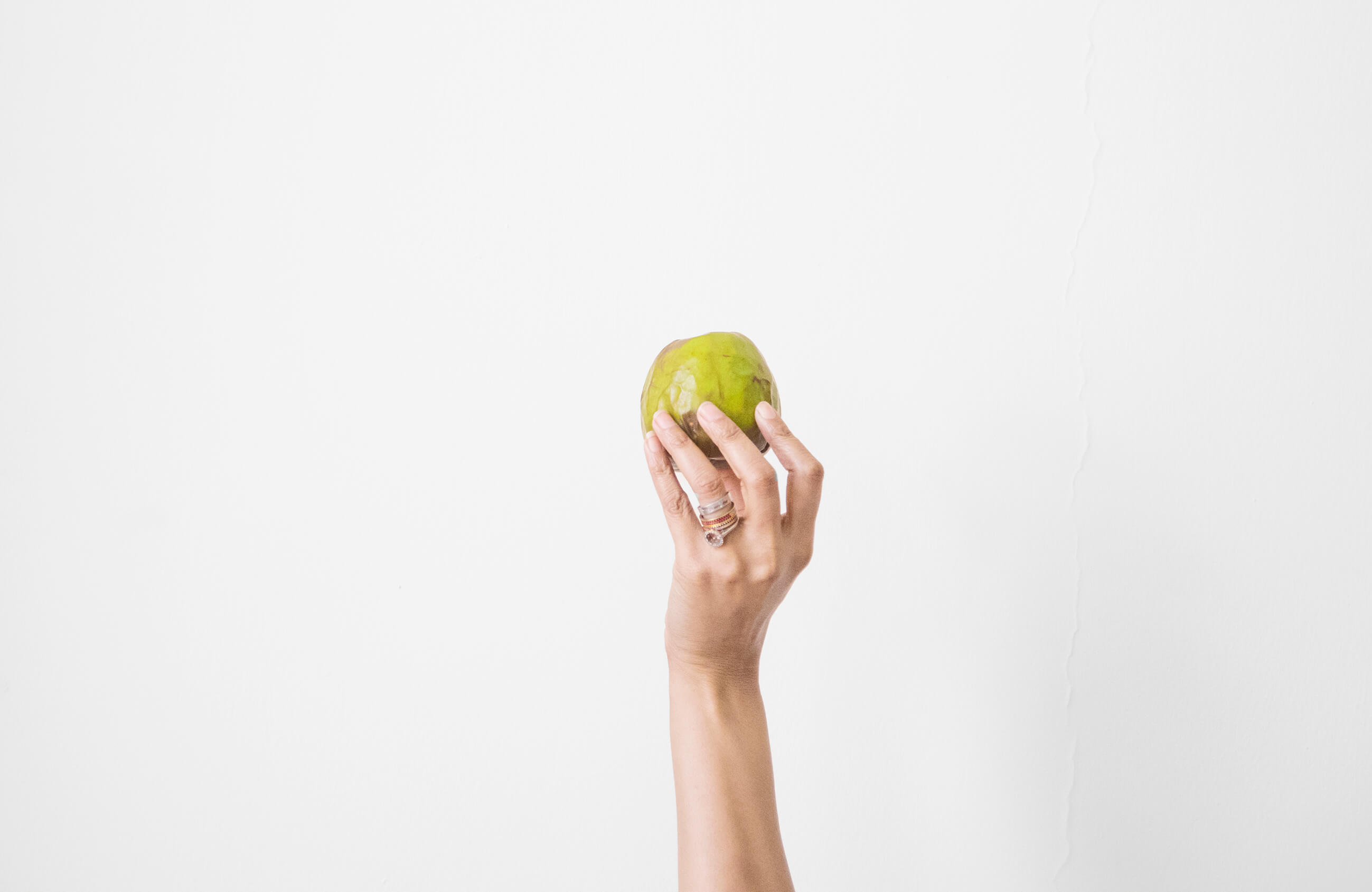
What about people who don’t want the wax anyway? Because the coating is formulated to be water-repellent, it won’t wash off, though it’s always a good idea to rinse fruit before eating. But there is one way for concerned consumers to get rid of a wax coating: They can just peel the fruit, or buy unwaxed produce at a farmer’s market, or like Eve did, find a garden where they can pick their own.:)
The entire thought on this topic is scary all I wanted through this post is to let you know what we are eating. Don’t get trapped into good looking fruits on shelves, know the truth behind it.
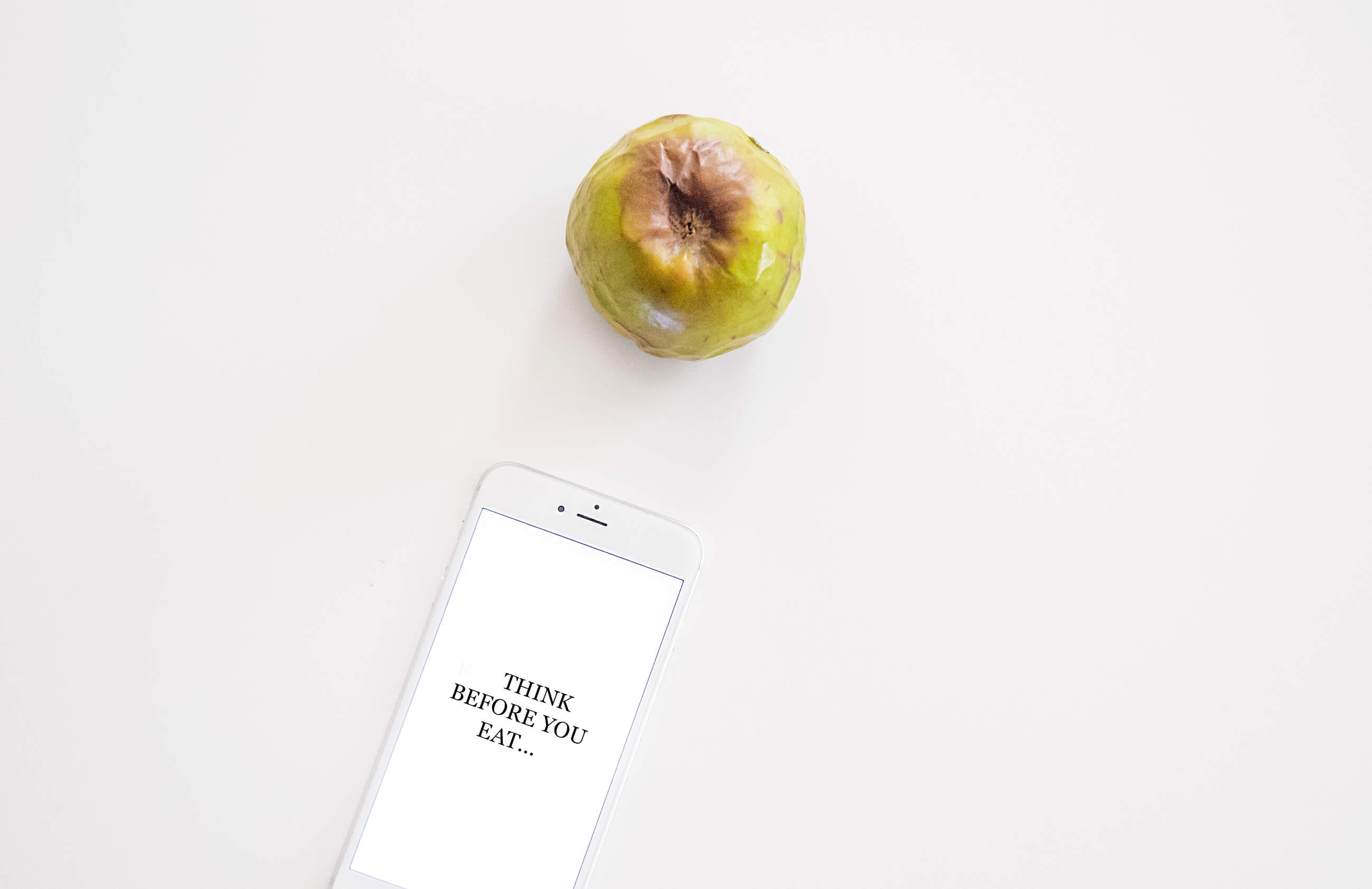
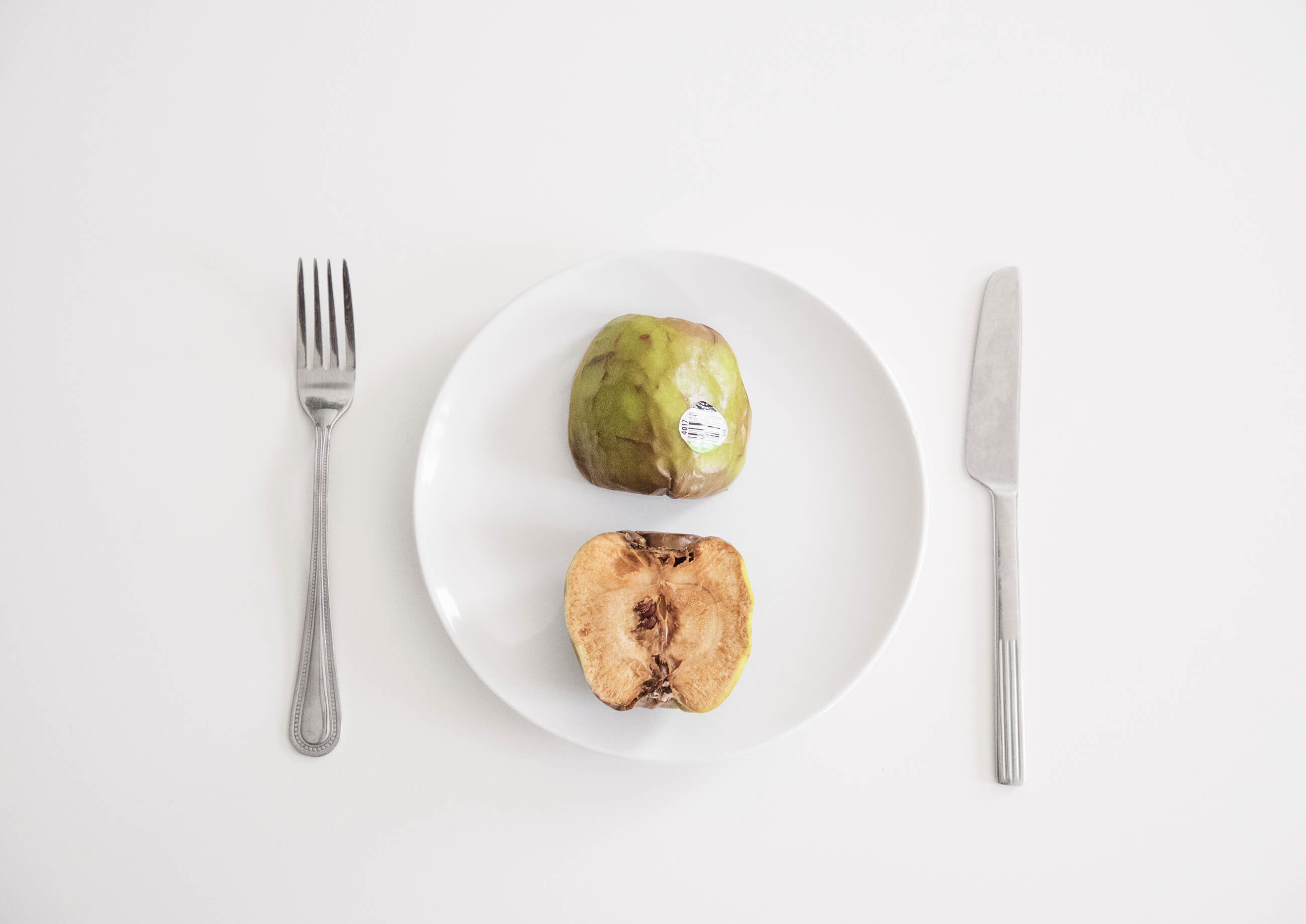
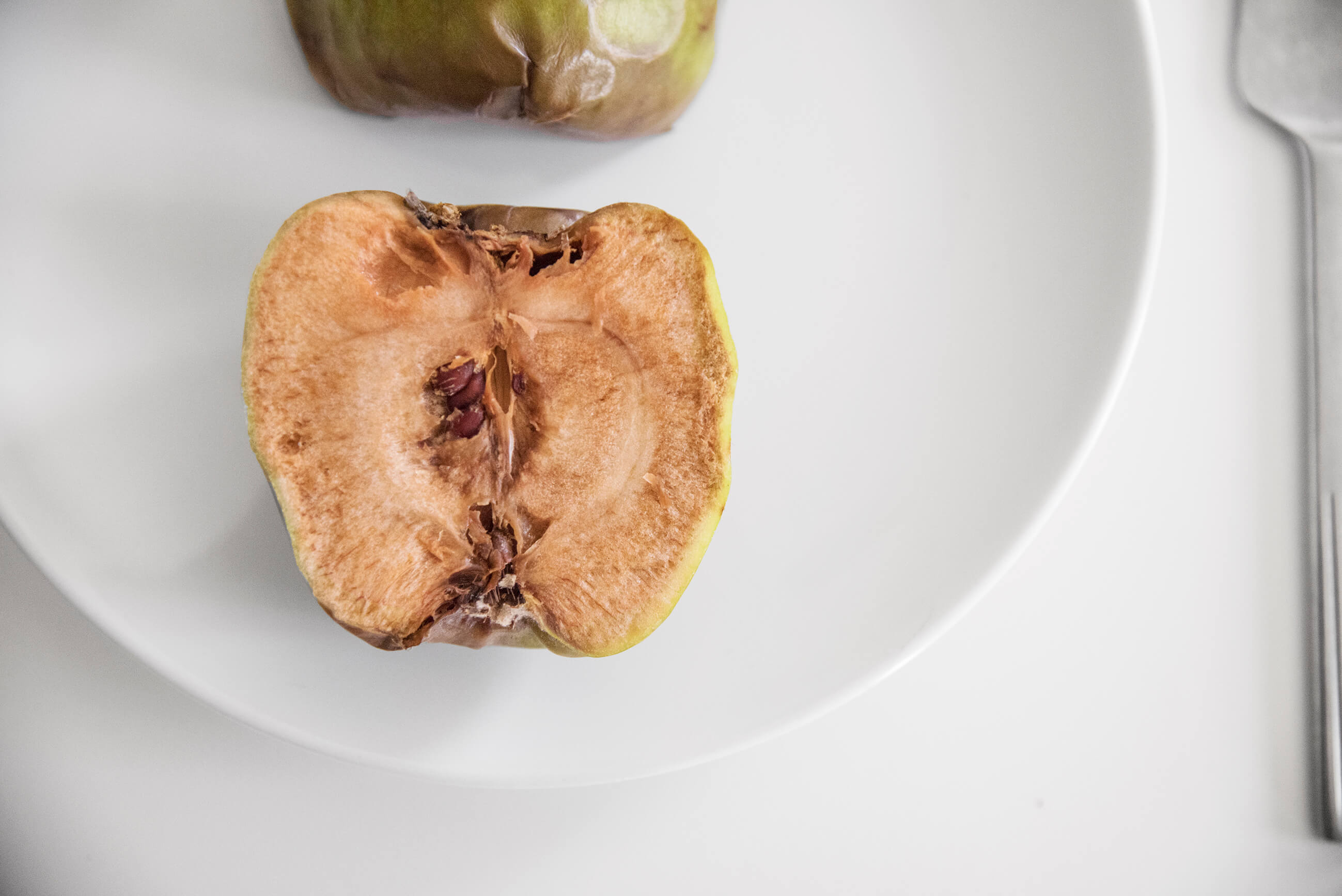
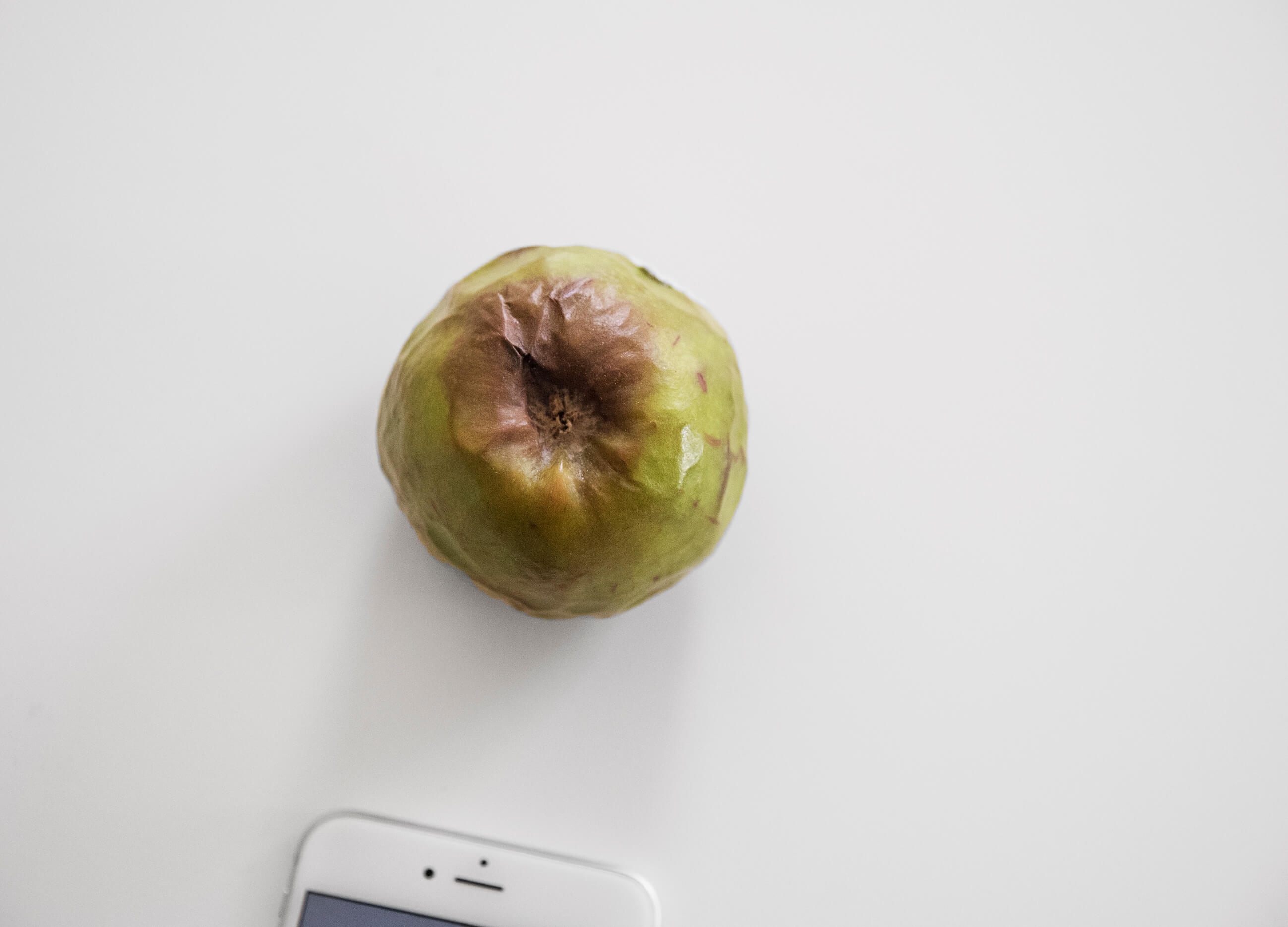
Apart from washing Fruits and vegetable with warm water, I try to ignore having fruits which is mostly in demand because these are the products where pesticides and other poisonous chemical used in high ratio to produce more to fulfill the demand.
I also like to keep close watch if the fruit on shelf is a seasonal fruit? Because seasonal fruits are less compromised.
I try to stick with organic options as much possible. There are plenty of stores around the Dtown which provides organic vegetables and fruit option, you can check in grocery stores I generally buy from The mall Spinneys.
Try to buy it from local market where Local food can be significantly cheaper than food shipped from miles away.
Ask your farmer about his farming practices. Some farmers do not spray pesticides on their crops but still their keep prices lower.
Be the last person to leave the farmers market. Farmers will likely to cut their prices at the end of the day, so they do not have to take their produce back to the farm.
Also there is a list where you don’t need to be worried to have them daily as The Environmental Working group have released a list called the clean fifteen naming the least pesticide ridden vegetables. If you can’t afford to buy all organic then these fruit and vegetables are the best non-organic
produce to buy avocados, sweet corn, pineapples, cabbage, frozen peas, onions, asparagus, mangoes, papayas, kiwis, eggplant, grapefruit, cantaloupe, cauliflower and sweet potatoes.
These are the best to avoid: apples, strawberries, grapes, celery, peaches, spinach, sweet bell peppers, imported nectarines, cucumbers, cherry tomatoes, imported snap peas and potatoes.
I hope you found this article informative.
Don’t forget to share  your thoughts on organic and non organic food.
Signing off for now
Until my next post
Stay voguish stay healthy
Gazal






No Comments